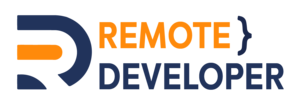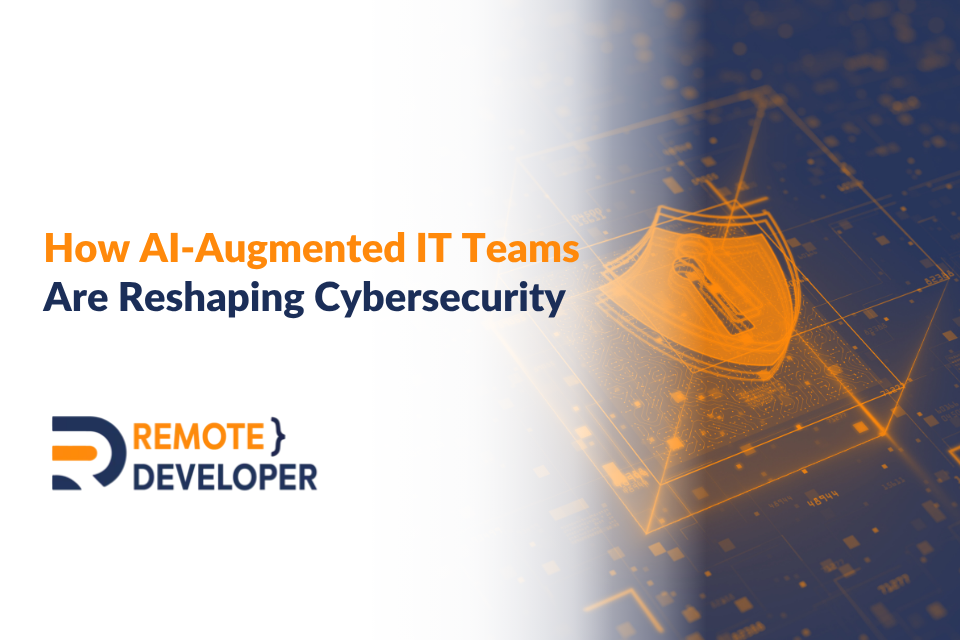Cybersecurity isn’t just about firewalls and antivirus anymore. Threats are growing in complexity and speed, and traditional IT teams often struggle to keep up. That’s why more organisations are turning to AI-augmented IT teams—a smarter blend of human expertise and machine intelligence.
These teams aren’t run by robots. They’re led by people, empowered by AI to spot threats earlier, act faster, and make better decisions under pressure. This shift is changing how security works and clearing up some common cybersecurity myths along the way.
What Are AI-Augmented IT Teams?
An AI-augmented IT team is a cybersecurity team that uses artificial intelligence to get things done faster and smarter. AI scans large amounts of data, spots anything unusual, and offers helpful suggestions. This lets your team focus on the more important work—like making decisions and staying ahead of threats.
With AI-powered cybersecurity, your team isn’t just reacting to risks—they’re staying one step ahead. AI takes care of repetitive, time-consuming tasks, cutting down on stress and human error. The result? A stronger, smarter, and always-ready defence system.
Why Are Businesses Turning to AI-Augmented Solutions?
Cyber threats now move faster than any human can reasonably keep up with. As the importance of cybersecurity continues to grow, IT teams are under immense pressure to respond faster and more effectively. With thousands of logs, alerts, and data points flooding in every minute, IT teams can quickly become overwhelmed.
These tools analyse huge volumes of data in real time, sort through the noise, and highlight what really matters. They help teams focus on the most urgent issues first, so nothing important slips through the cracks. The result is quicker responses, fewer missed threats, and far less burnout for your team.
Core Advantages of AI-Augmented IT Teams
AI isn’t just a tool, it’s a game-changer for modern IT operations. By combining human expertise with intelligent automation, teams can work smarter, faster, and with far greater confidence.
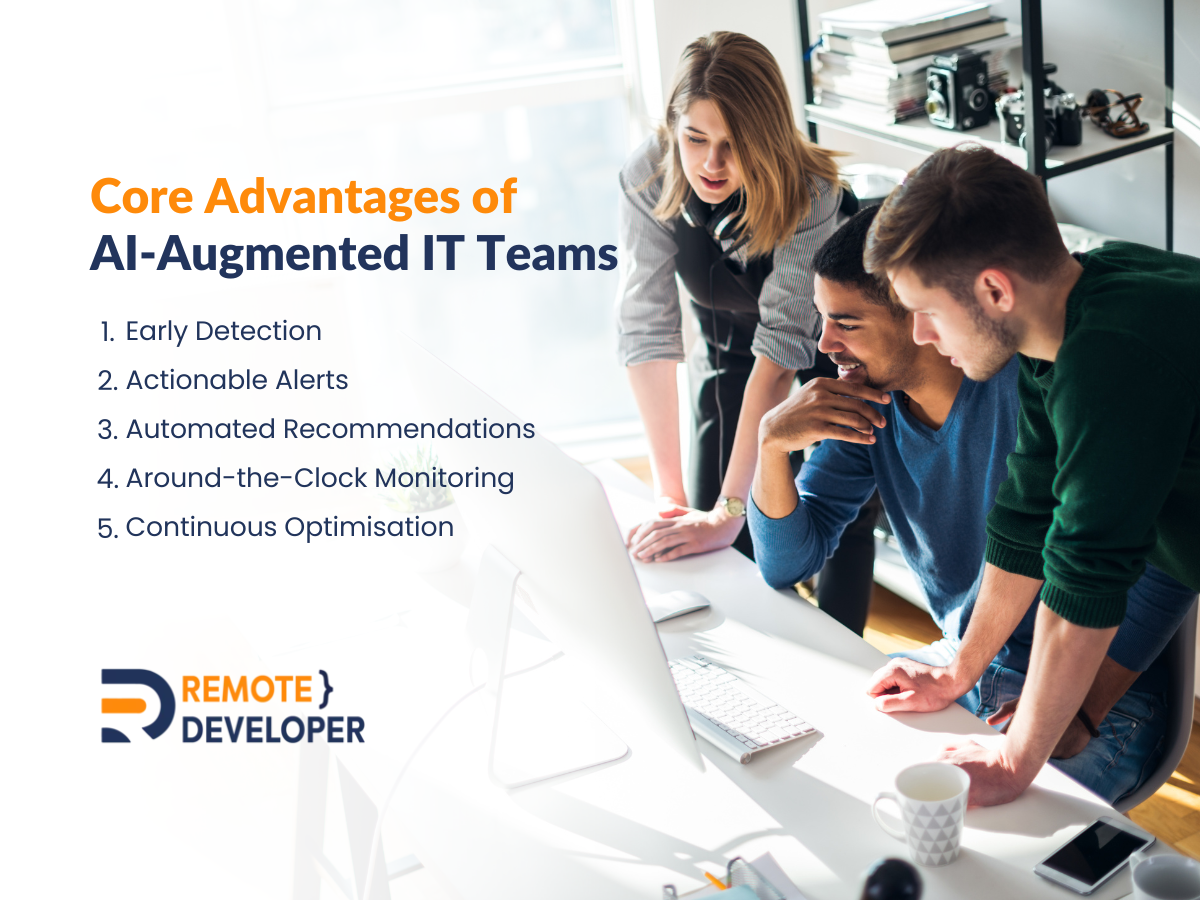
1. Early Detection
AI picks up on unusual behaviour and subtle patterns that human analysts might overlook. It continuously learns from fresh data, enhancing its ability to flag anomalies with greater accuracy. This results in quicker response times and fewer costly surprises.
2. Actionable Alerts
Rather than flooding teams with countless notifications, AI filters out the noise and surfaces what truly matters. It delivers clear, prioritised insights that enable prompt and effective action. This sharpens decision-making and reduces alert fatigue.
3. Automated Recommendations
AI does more than detect issues—it suggests practical next steps. By analysing similar past incidents, it proposes solutions that your team can implement immediately. This head start allows problems to be addressed before they escalate.
4. Around-the-Clock Monitoring
AI operates non-stop, ensuring your systems are safeguarded day and night. It continues to watch over your infrastructure during holidays, weekends, and after hours. This continuous coverage gives your team confidence and boosts system resilience.
5. Continuous Optimisation
AI constantly refines its performance by learning from every event and outcome. It spots inefficiencies and recommends improvements to system configurations or processes. This leads to better performance, reduced downtime, and a more robust IT environment.
How Different Sectors Are Using AI for Smarter Security
AI isn’t just a tech term anymore, it’s become a powerful tool for keeping organisations safe. It’s being used in different cybersecurity niches, from spotting fraud to stopping cyber attacks.
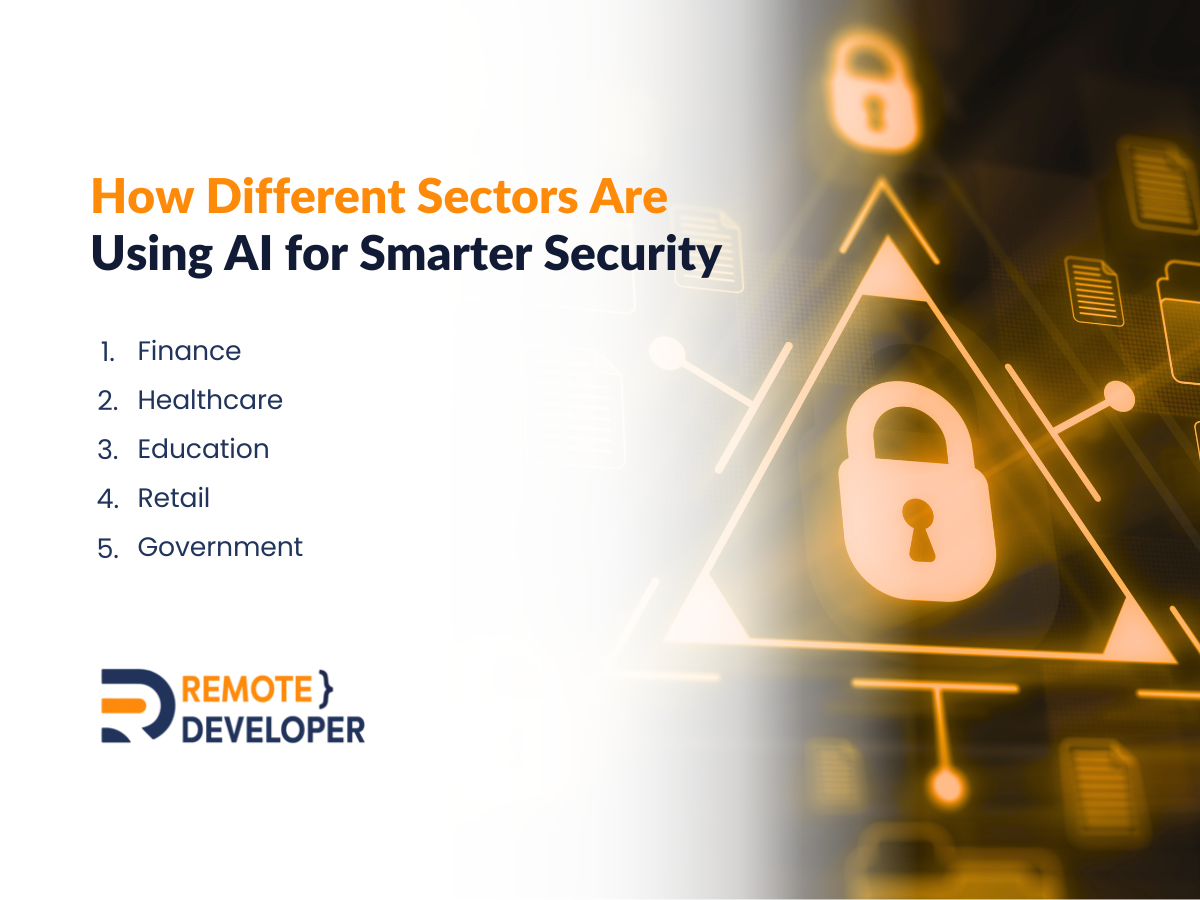
1. Finance
Banks are leveraging AI-augmented tools to detect fraudulent behaviour and suspicious transactions before they impact customers. These systems analyse vast amounts of data in real time, enabling swift action and ensuring customer trust and financial safety.
2. Healthcare
Hospitals rely on AI to monitor access to sensitive patient records, quickly flagging any irregular behaviour that might indicate a security breach. This proactive monitoring helps protect patient privacy and maintain compliance with healthcare regulations.
3. Education
Schools and universities use AI to safeguard student data and digital learning platforms from unauthorised access. By identifying unusual login patterns or access attempts, institutions can ensure academic integrity and protect confidential information.
4. Retail
Retailers are turning to AI to detect suspicious transactions, refund fraud, and stock irregularities across both online and physical stores. This not only minimises loss but also helps streamline operations and boost customer satisfaction.
5. Government
Government departments are integrating AI to protect critical data systems and monitor for emerging cyber threats. Through predictive analysis and automated responses, they can strengthen national security and ensure uninterrupted public services.
Simple Steps to Start Using AI for Better Security
Getting started with AI doesn’t have to be overwhelming. With the right approach, your team can boost security, cut down on stress, and work more efficiently than ever.
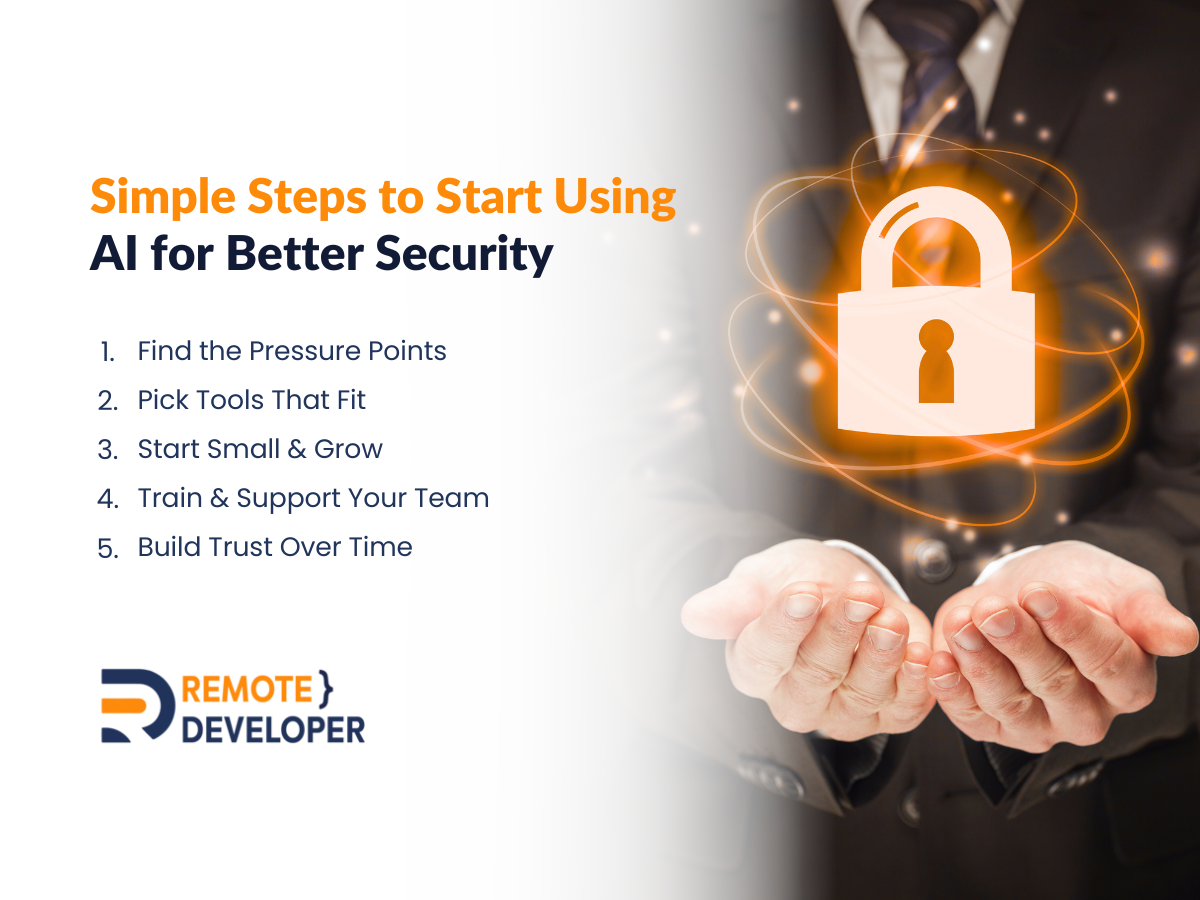
1. Find the Pressure Points
Start by looking at the areas where your team is constantly under pressure, such as managing too many alerts, tracking down threats, or going through endless system logs. These tasks often take up a lot of time and are perfect opportunities for AI to step in. When you know exactly where the gaps are, it becomes easier to bring in the right support.
2. Pick Tools That Fit
You don’t need to start from scratch. Look for AI tools that work well with the systems and processes you already use, so your team won’t need to learn everything all over again. A smooth integration keeps your operations running while boosting your team’s capabilities.
3. Start Small & Grow
There’s no need to roll out everything at once. Begin by applying AI to just one area, like alert triage or log analysis, and see how it goes. This step-by-step approach helps your team learn, adjust, and build confidence along the way.
4. Train & Support Your Team
Even the best tools won’t work if your team doesn’t know how to use them. Offer training that makes AI easy to understand and practical to use in their day-to-day work. When people feel supported and confident, they’re more likely to get the most out of the technology.
5. Build Trust Over Time
It’s important that your team sees AI as a partner, not a threat. Show them how it helps solve problems faster, reduces mistakes, and gives them more time to focus on what matters. The more they trust the tools, the stronger and more secure your entire operation becomes.
Final Thoughts
AI-augmented IT teams are not just a trend. They’re a timely solution to the growing demands of modern cybersecurity. By combining the speed and scale of AI with human expertise, organisations can respond to threats faster, reduce burnout, and stay one step ahead of attackers.
No matter your industry, adopting AI doesn’t mean replacing people or rebuilding your entire system. It means improving how your team works and giving them the support they need to succeed. Start with small steps, invest in training, and let AI help create a safer and more resilient future.
Need stronger security without the extra stress? Contact us to see how our AI-augmented IT support can help.
